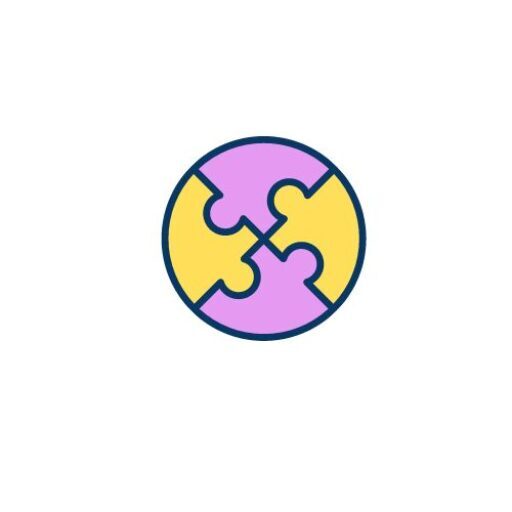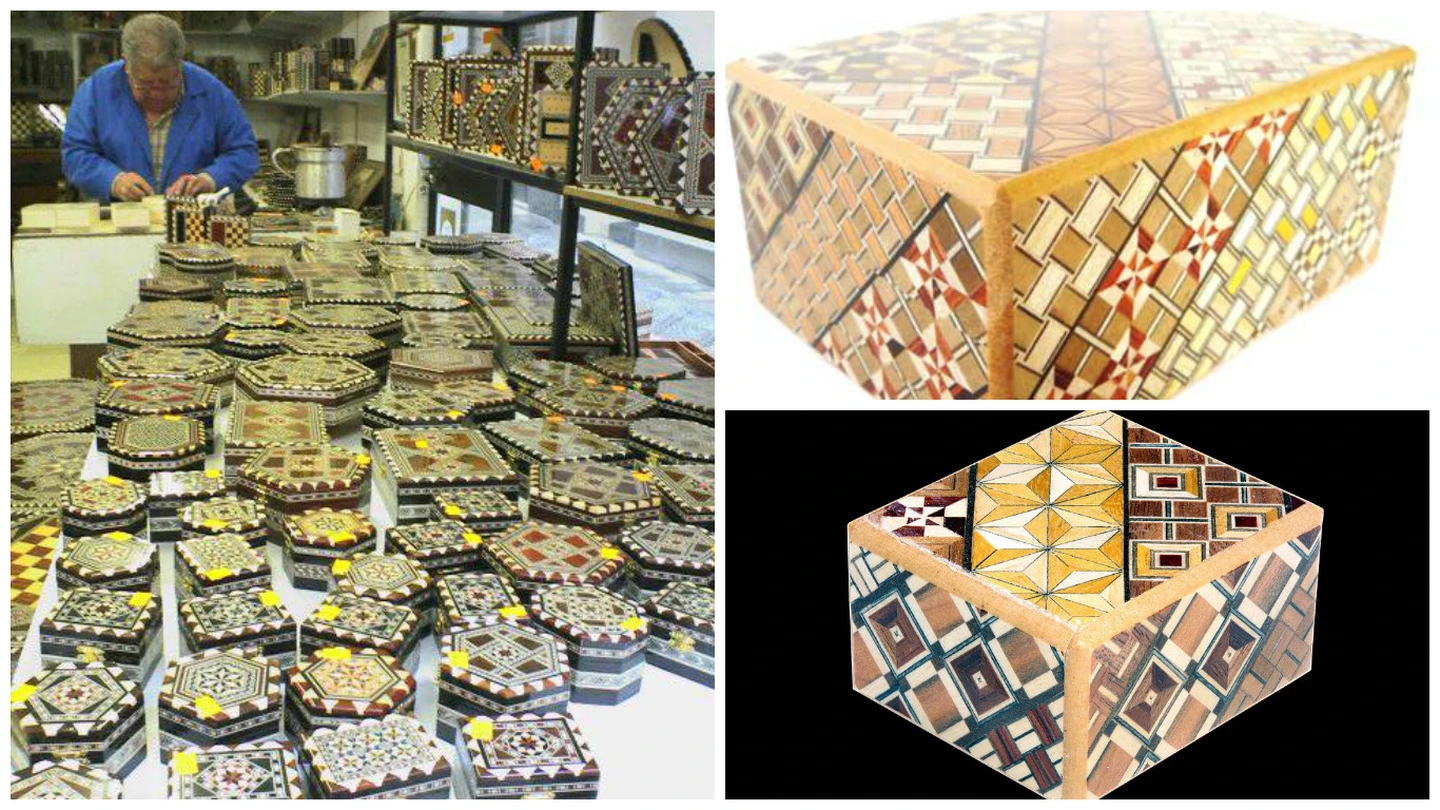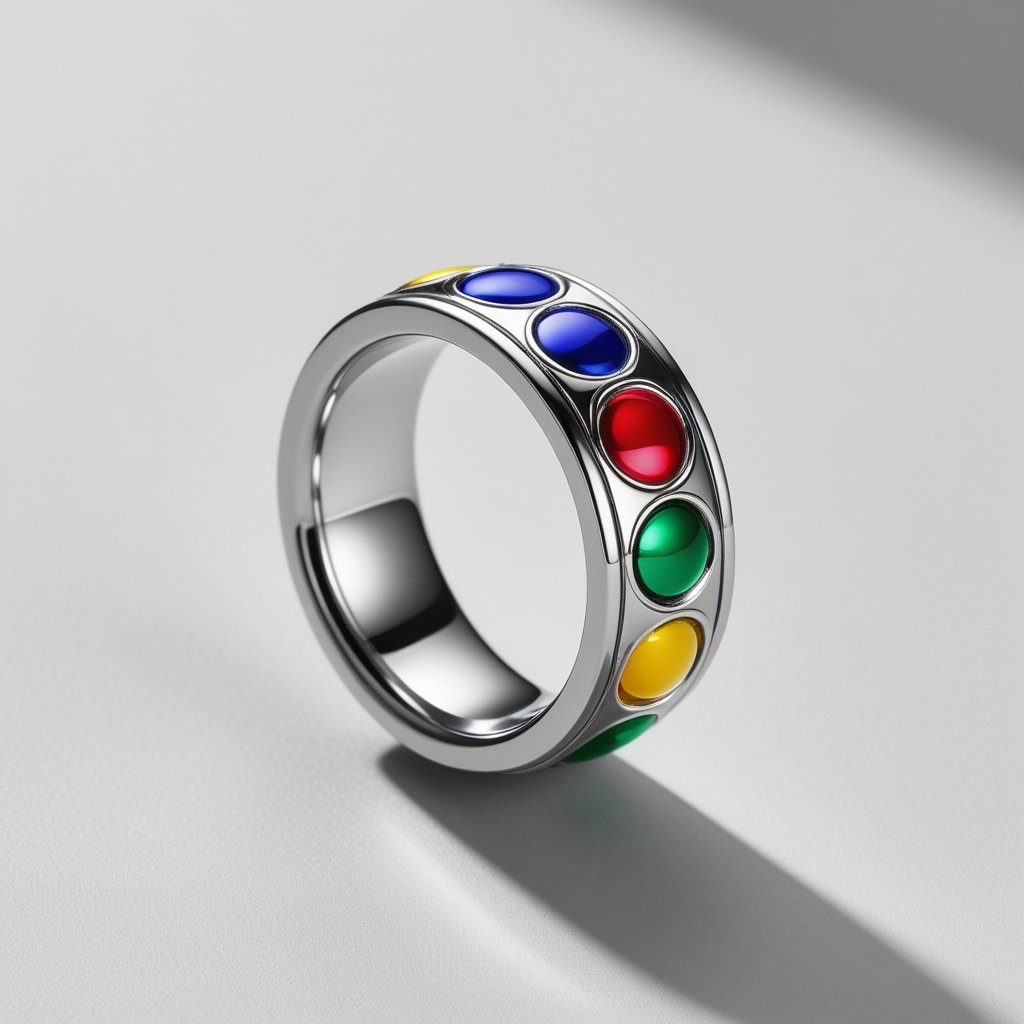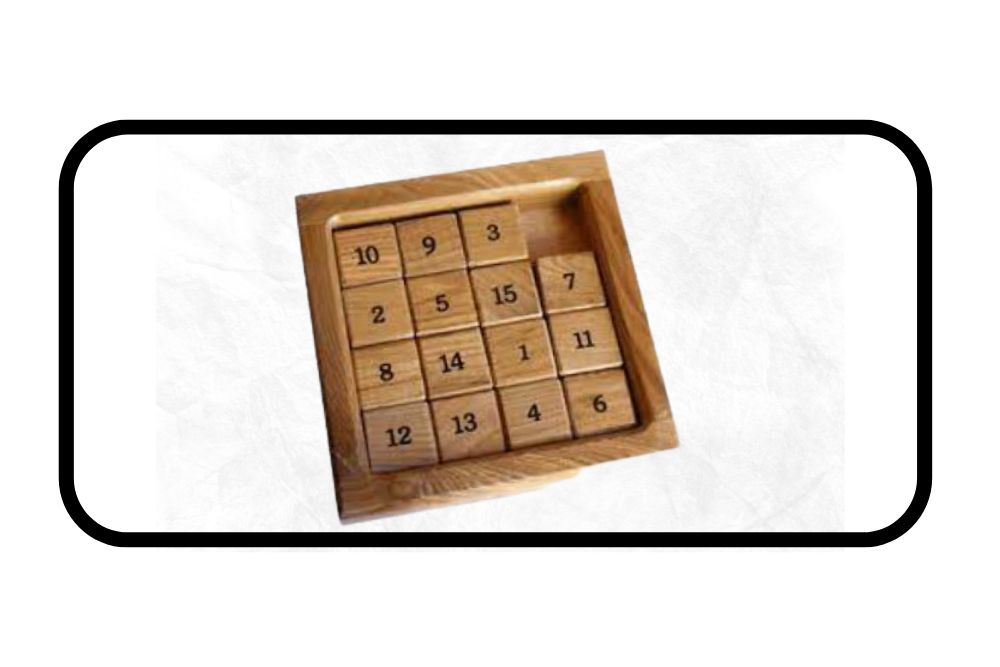Do you love solving puzzles? If so, then you will love Japanese Puzzle Boxes!
These boxes are called “himitsu-bako” in Japanese, and they are a popular form of folk art in Japan.
Puzzle boxes have been around for centuries, and their popularity has only continued to grow over time.
In this blog post, we will discuss the history behind Japanese Puzzle Boxes and how they are made.
We will also give you a brief overview of the different types of puzzle boxes that are available on the market today.
History of Japanese Puzzle Boxes
Puzzle boxes have been a part of Japanese culture for centuries.
These boxes were originally used as storage containers for important documents and valuables.
Puzzle boxes were also given as gifts to guests of honor, as they were seen as a symbol of respect and hospitality.
The first puzzle box is thought to have been created in the Edo period which was between 1603 and 1867.
This was a period during which there was strong economic growth as well as enjoyment of arts and culture.
So it’s no wonder that puzzle boxes were also used as a form of entertainment.
Puzzle boxes would often be passed around at parties and gatherings, and guests would try to solve the puzzle to open the box.
Puzzle boxes continued to also be popular during the Meiji period.
This was due in part to the rise in literacy rates and the growing popularity of books and puzzles.
Puzzle boxes were often given as gifts to children, as they were seen as fun and educational toys.
Puzzle boxes remain popular in Japan today.
They are still often given as gifts and are also sold in souvenir shops.
Puzzle boxes come in a variety of sizes and designs, and can be made from different materials such as wood, metal, or plastic.
How To Make a Japanese Puzzle Box
When it comes to making a Japanese puzzle box, there is no one right way.
Puzzle boxes can be made from a variety of materials, and the construction methods can vary depending on the design.
First, you will need to choose your material. Puzzle boxes can be made from wood, metal, or plastic.

However, there are some general steps that you can follow to make your Japanese puzzle box.
Puzzle boxes are traditionally made from wood, and are intricately carved.
If you should choose the wood option, some of the most common types of wood used for puzzle boxes are:
White – Spindle Tree, Dogwood
Yellow – Wax Tree, Lacquer Tree
Light Brown – Japanese pagoda tree, cherry tree, Zelkova Tree
Dark Brown – Keyaki-jindai
Gray – Honoki (Magnolia hypoleuca)
Black – Katsura-jindai
In addition, these boxes usually have a sliding lid and contain a puzzle that must be solved to open the box.
Next, you will also need to decide on the size of your box and find the puzzle box template that you would like to use.
Once you have your puzzle box template, it’s time to start cutting out the pieces.
For wood, you will need to use a saw and for plastic or metal, you can use a utility knife.
Now it’s time to start assembling your puzzle box!
Follow the instructions on your puzzle box template, and be sure to take your time.
Once you’ve finished assembling your puzzle box, it’s time to start playing with it!
Try to figure out how to open the box, and then try to close it again.
You can find detailed templates, designs, and instructions for the special puzzle box that you would like to create online! Have fun choosing one or two!
The Different Types of Japanese Puzzle Boxes
Throughout Japanese history, there have been a variety of different types of Japanese puzzle boxes created and designed.
We spoke earlier about the Edo period and saw the development of the Hakone Puzzle Box.
This was a box that contained a small number of pieces that had to be put together to open the box.
The Meiji period (1868-1912) saw the development of the Puzzle Lock Box.

This type of box had a series of locks which had to be unlocked in the correct order to open the box.
During the Showa period (1926-1989), there was a puzzle box that contained several small drawers.
To open this type of puzzle box, you had to slide out all of the drawers in the correct order.
The Heisei period (1989-2019) saw the development of the Puzzle Box with a hidden compartment.
To open the puzzle box, you had to find the hidden compartment and then put all of the pieces together to open the box.
What Can You Store In A Japanese Puzzle Box
Originally puzzle boxes were created to safeguard tools for workers in the Hakone region of Japan during the 1800’s. They needed a way to keep them safe and guard them from being stolen or harmed.
Each box was opened using a set of required twists and turns that only the owner knew the correct series and therefore left and thieves stranded.
Now, Japanese Puzzle Boxes have been modernized and are used as a way to store and give gifts.
They come in all shapes and sizes and can be personalized with names, initials, or special messages.
Nowadays, people use Japanese Puzzle Boxes to store anything from jewelry, money to important documents.

Puzzle boxes make great gifts because they are both unique and functional. They make the item to give someone who seems to have it all but you just can’t figure out what to get them.
Perhaps the next time you want to give someone money you can give them one of these boxes with the money inside and it’s like giving two gifts in one!
Puzzle boxes can also be given as a way to show someone you are thinking of them and that you care about them as they make great “just because” presents!
The Benefits of owning a Japanese puzzle box
There are multiple benefits of owning a Japanese Puzzle Box. Not only are they aesthetically pleasing, but they make great collectible items.
Not only are they great brain teasing fun but there are many to choose from and therefore they make for a great conversation pieces.
Puzzle boxes also come in different sizes, so if you are looking for a small gift or something more substantial, there is definitely a Japanese Puzzle Box out there for you.
Other benefits of owning puzzle boxes include :
-They can be used as a decorative item
-A great way to pass time
-Can be used as a paperweight or doorstop
Where To Buy A Japanese Puzzle Box
Puzzle boxes can be purchased online or at select retailers.
If you are looking for a more authentic experience, then it is recommended that you purchase your Japanese Puzzle Box in Japan.
Not only will you be able to find a greater selection of Puzzle Boxes, but you will also be supporting local businesses.
Buying a Puzzle Box in Japan also allows you to haggle for a better price, which is something that is not possible when buying Puzzle Boxes online.
However, realizing that it’s not always feasible to travel to Japan, perhaps online is the better option but realize that the you are paying for quality and workmanship if purchasing directly from a Japanese supplier.
This will mean a shipping cost and maybe a little bit higher cost overall but in the long run you will get a better piece to add to your growing collection!
Conclusion
Japanese puzzle boxes are a unique and fun way to store your belongings.
Not only are they beautiful to look at, but they also have many benefits that come with owning one.
If you’re looking for something different to add to your collection or want a storage solution that is both stylish and functional, a Japanese puzzle box may be the perfect option for you.
Regardless of where you choose to purchase your Japanese Puzzle Box, we hope that you have as much fun solving them as we do!
Do you have a favorite Puzzle Box? Let us know in the comments below! And don’t forget to share this article with your friends who love puzzles!




